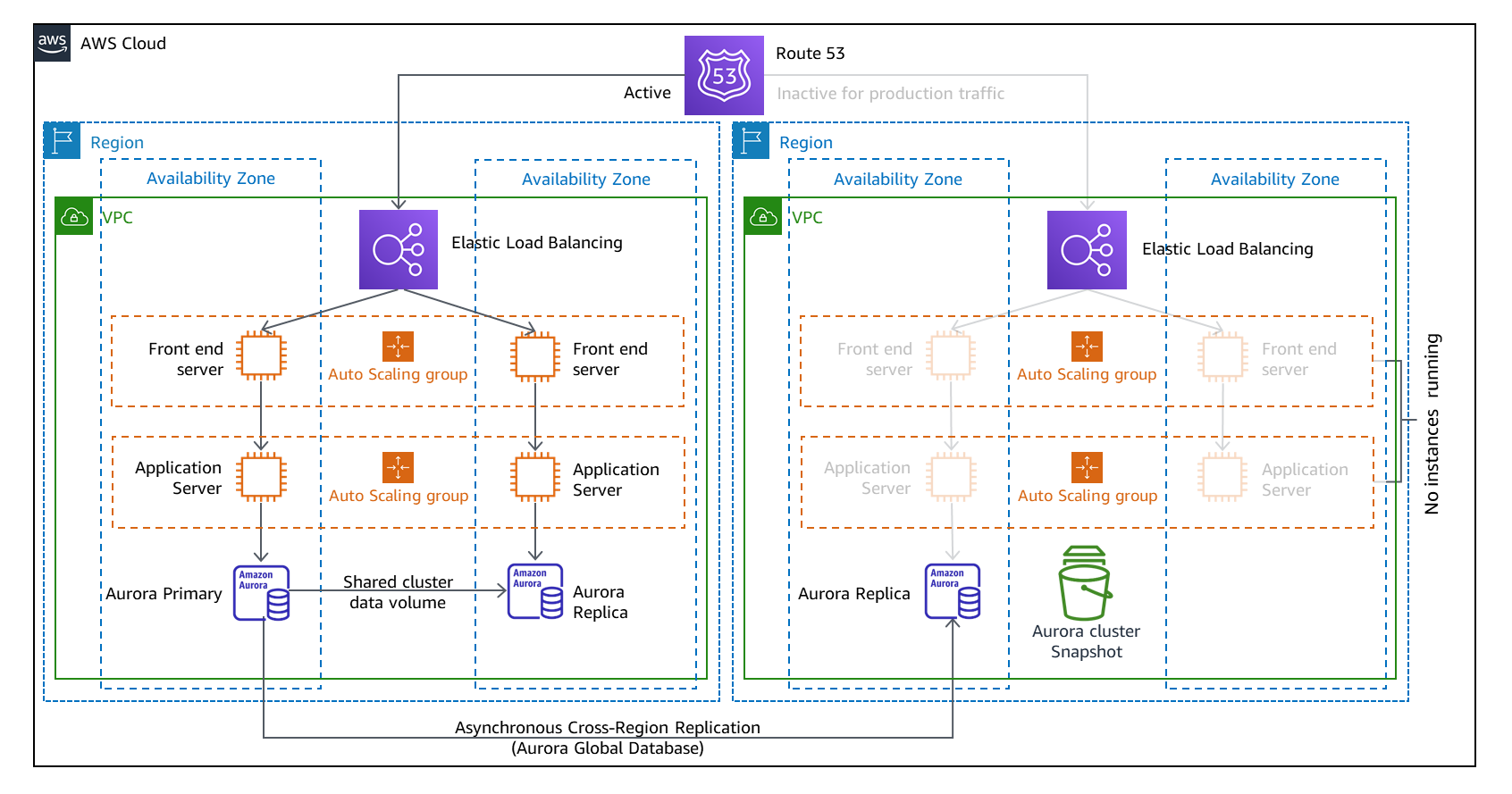AWS Architecture Blog
Top 5 Architecture Blog Posts for Q2 2021
The goal of the AWS Architecture Blog is to highlight best practices and provide architectural guidance. We publish thought leadership pieces that encourage readers to discover other technical documentation such as solutions and managed solutions, other AWS blogs, videos, reference architectures, whitepapers, and guides, training and certification, case studies, and the AWS Architecture Monthly Magazine. We welcome your contributions!
Field Notes is a series of posts within the Architecture Blog channel that provides hands-on technical guidance from AWS Solutions Architects, consultants, and technical account managers based on their experiences in the field solving real-world business problems for customers.
A big thank you to you, our readers, for spending time on our blog this past quarter. Of course, we wouldn’t have content for you to read without our hard-working AWS Solutions Architects and other blog post writers, so thank you to them as well! Without further ado, the following five posts were the top Architecture Blog and Field Notes blog posts published in Q2 (April through June 2021).
Honorable Mention: Managing Asynchronous Workflows with a REST API
by Scott Gerring
With 3,400 views since mid-May, Scott’s post is worth mentioning in our leaderboard. In this post, Scott shows you common patterns for handling REST API operations, their advantages/disadvantages, and their typical AWS serverless implementations. Understanding the options you have to build such a system with AWS serverless solutions is important to choosing the right tool for your problem.
#5: Scaling RStudio/Shiny using Serverless Architecture and AWS Fargate
by Chayan Panda, Michael Hsieh, and Mukosi Mukwevho
In this post, Chayan, Michael, and Mukosi discuss serverless architecture that addresses common challenges of hosting RStudio/Shiny servers. They show you best practices adapted from AWS Well-Architected. This architecture provides data science teams a secure, scalable, and highly available environment while reducing infrastructure management overhead.
#4: Disaster Recovery (DR) Architecture on AWS, Part III: Pilot Light and Warm Standby
by Seth Eliot
You’ll notice a recurring theme in this Top 5 post—Seth’s four-part DR series is really popular! Throughout the series, Seth shows you different strategies to prepare your workload for disaster events like natural disasters like earthquakes or floods, technical failures such as power or network loss, and human actions such as inadvertent or unauthorized modifications. Part III discusses two strategies to prepare your workload for a disaster event: pilot light and warm standby. The post shows you how to implement these strategies that help you limit data loss and downtime and how to get the most out of your set up.
#3: Disaster Recovery (DR) Architecture on AWS, Part II: Backup and Restore with Rapid Recovery
by Seth Eliot
Part II covers the backup and restore strategy, the easiest and least expensive strategy to implement in the series. It shows you how, by using automation, you can minimize recovery time objectives and therefore lessen the impacts of downtime in the event of a disaster.
#2: Disaster Recovery (DR) Architecture on AWS, Part I: Strategies for Recovery in the Cloud | AWS Architecture Blog
by Seth Eliot
Part I gives you an overview of each strategy in the series (backup and restore, pilot light, standby, multi-site active/active) and how to select the best strategy for your business needs. Disaster events pose a threat to your workload availability, but by using AWS Cloud services you can mitigate or remove these threats.
#1: Issues to Avoid When Implementing Serverless Architecture with AWS Lambda
by Andrei Maksimov
With almost 8,000 views as of this Top 5 post’s publication date, Andrei’s post has been a hit this quarter! In the post, he highlights eight common anti-patterns (solutions that may look like the right solution but end up being less effective than intended). He provides recommendations to avoid these patterns to ensure that your system is performing at its best.
Your contributions to the blog are immensely valuable to all our customers! Keep on writing!




